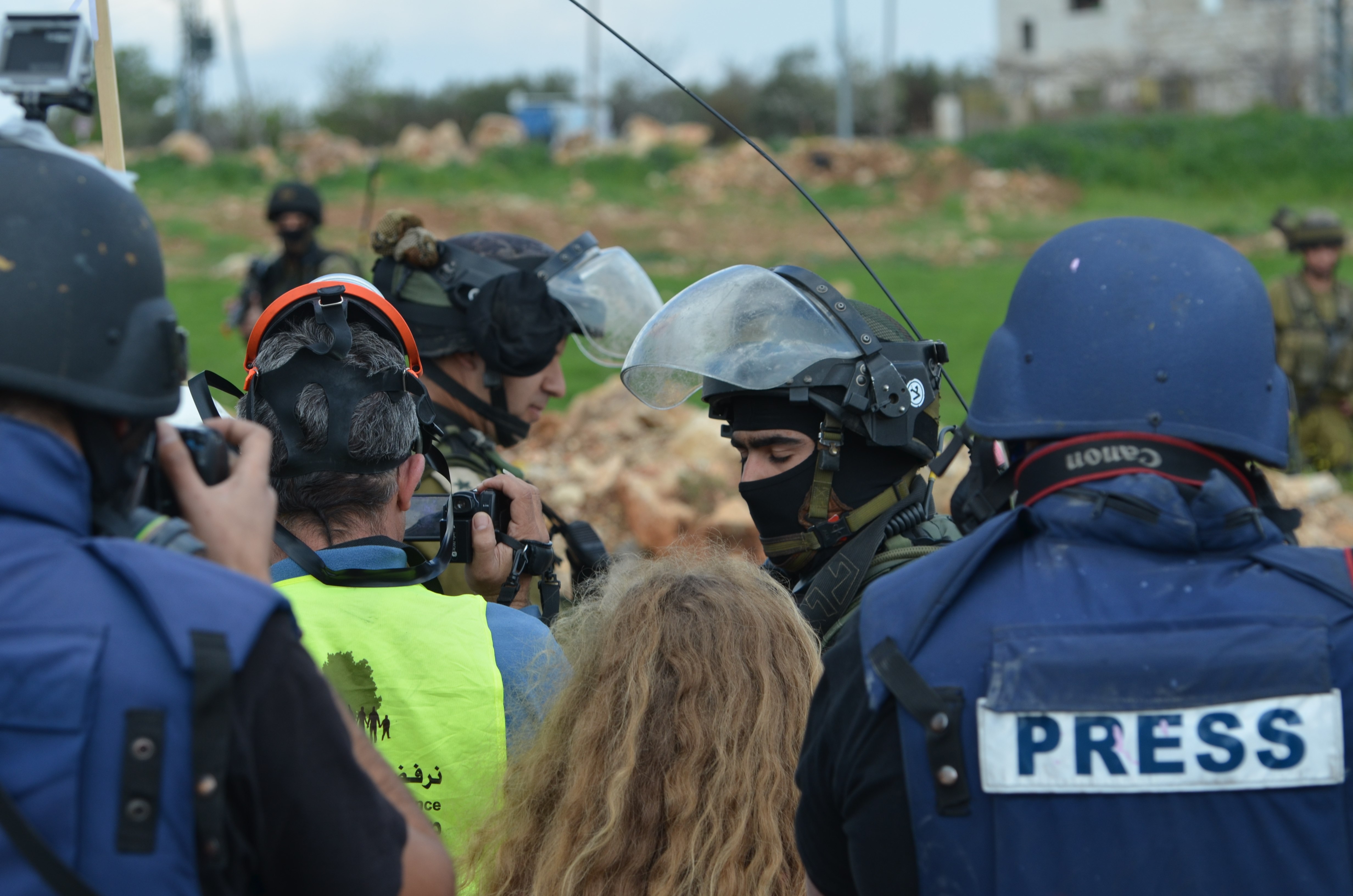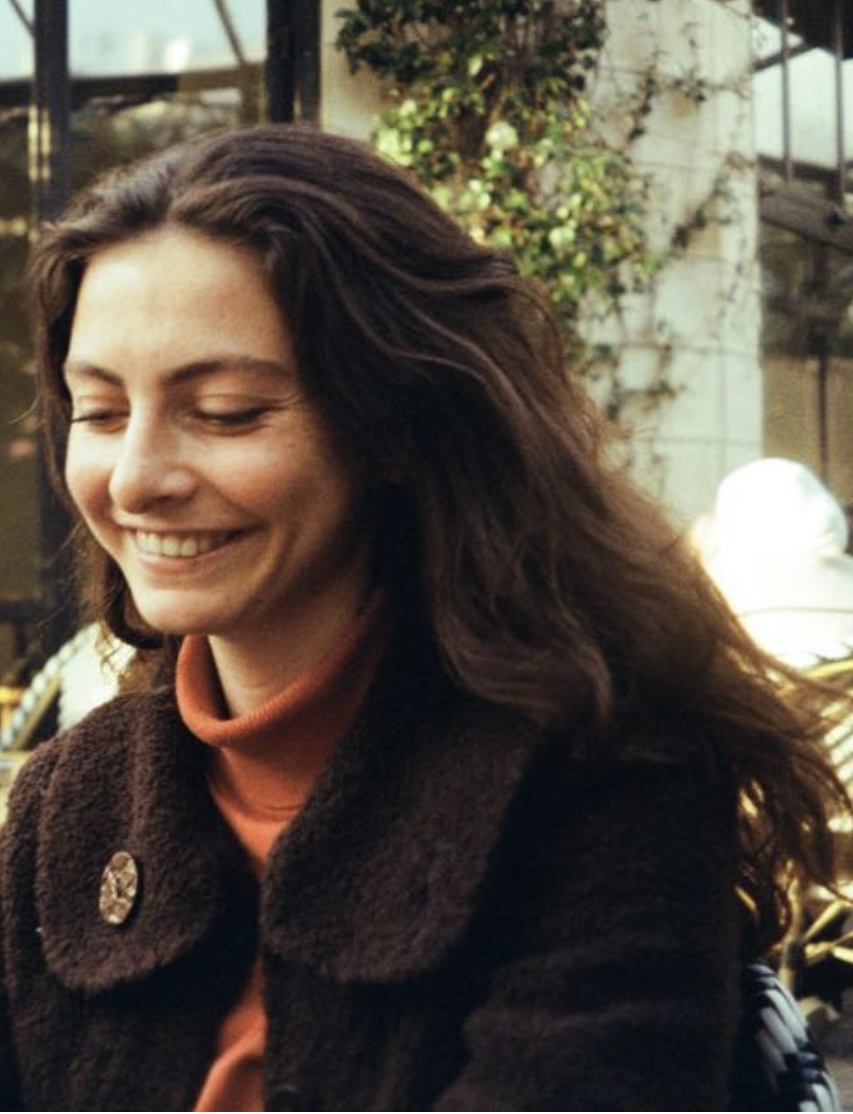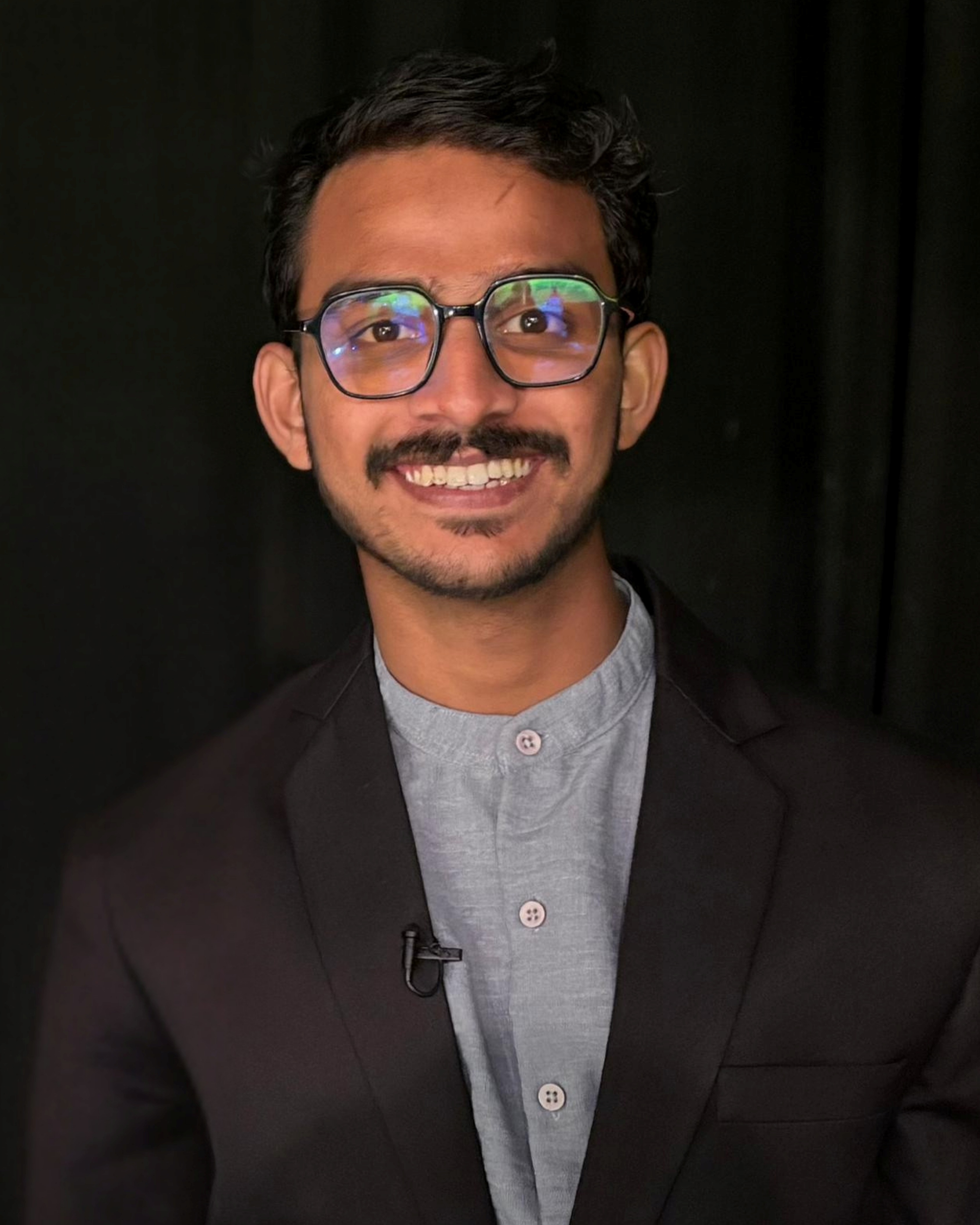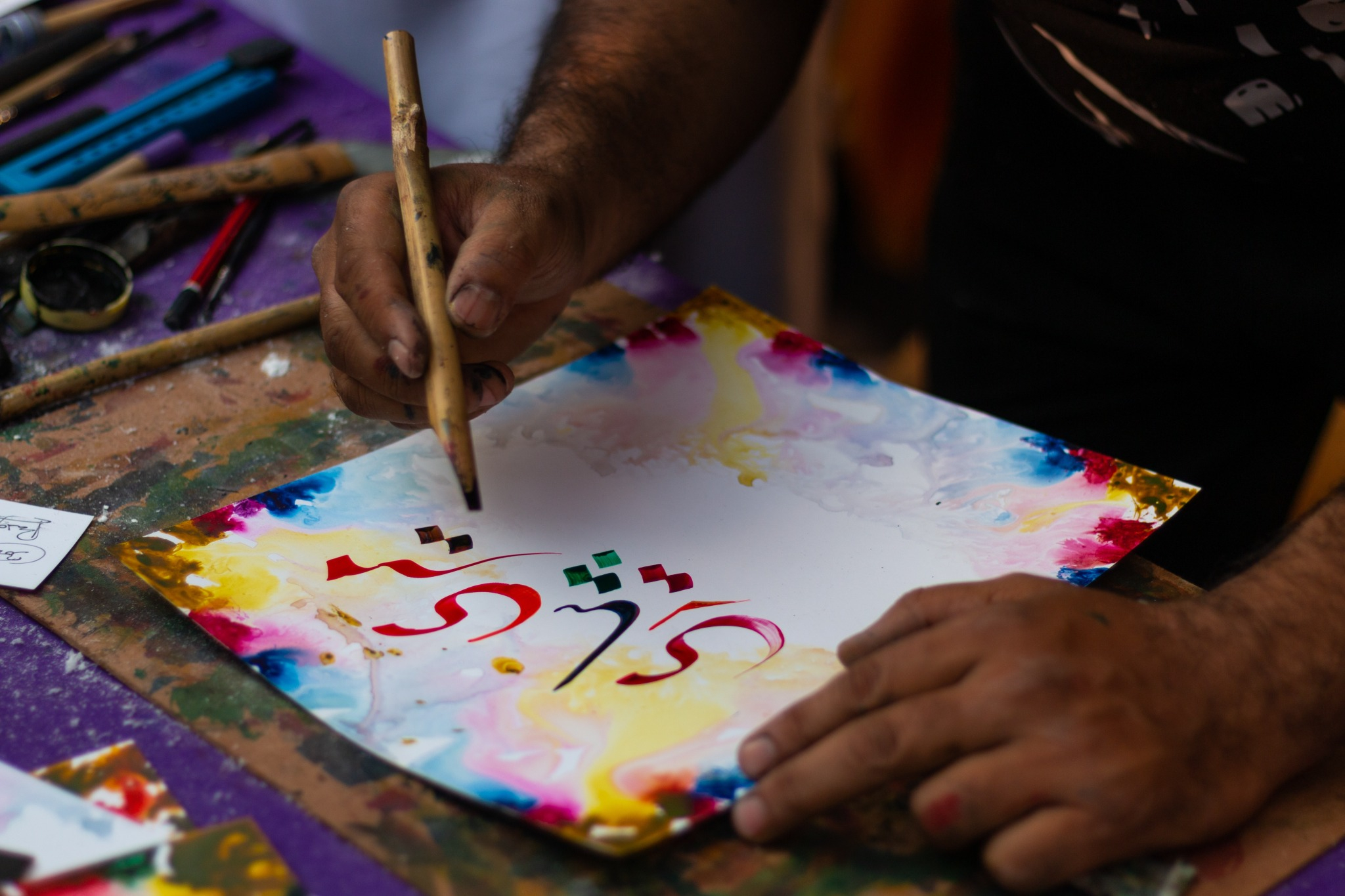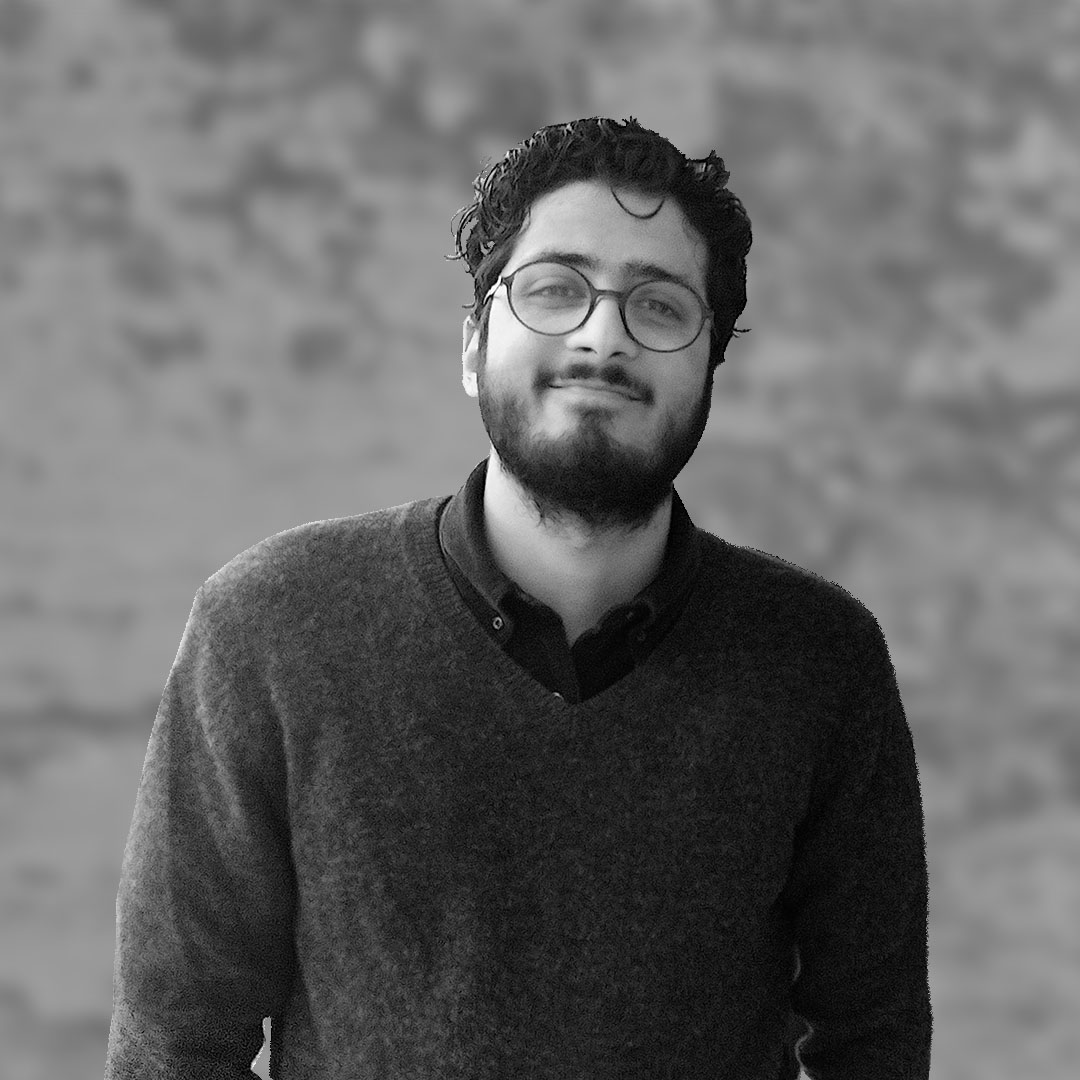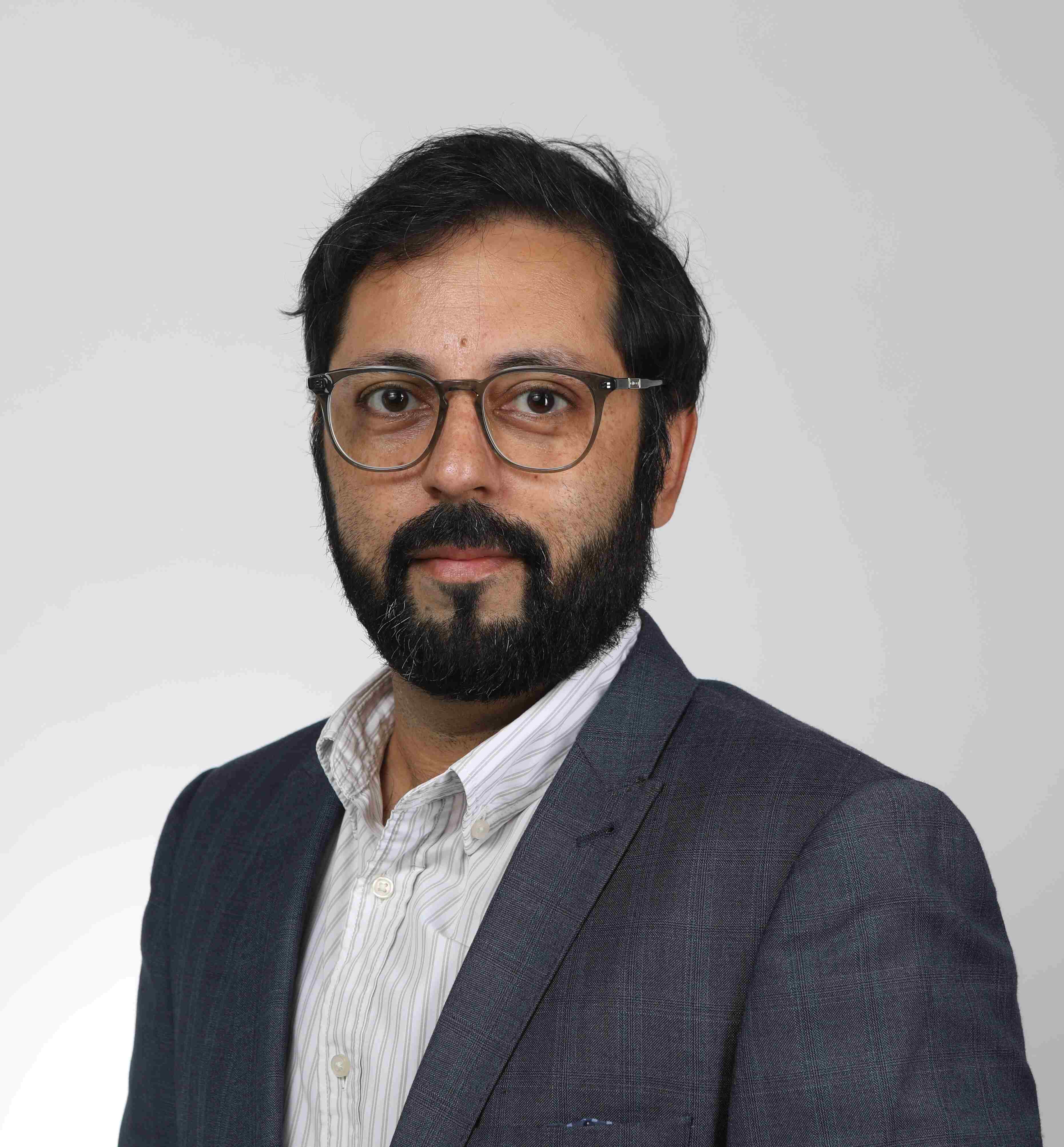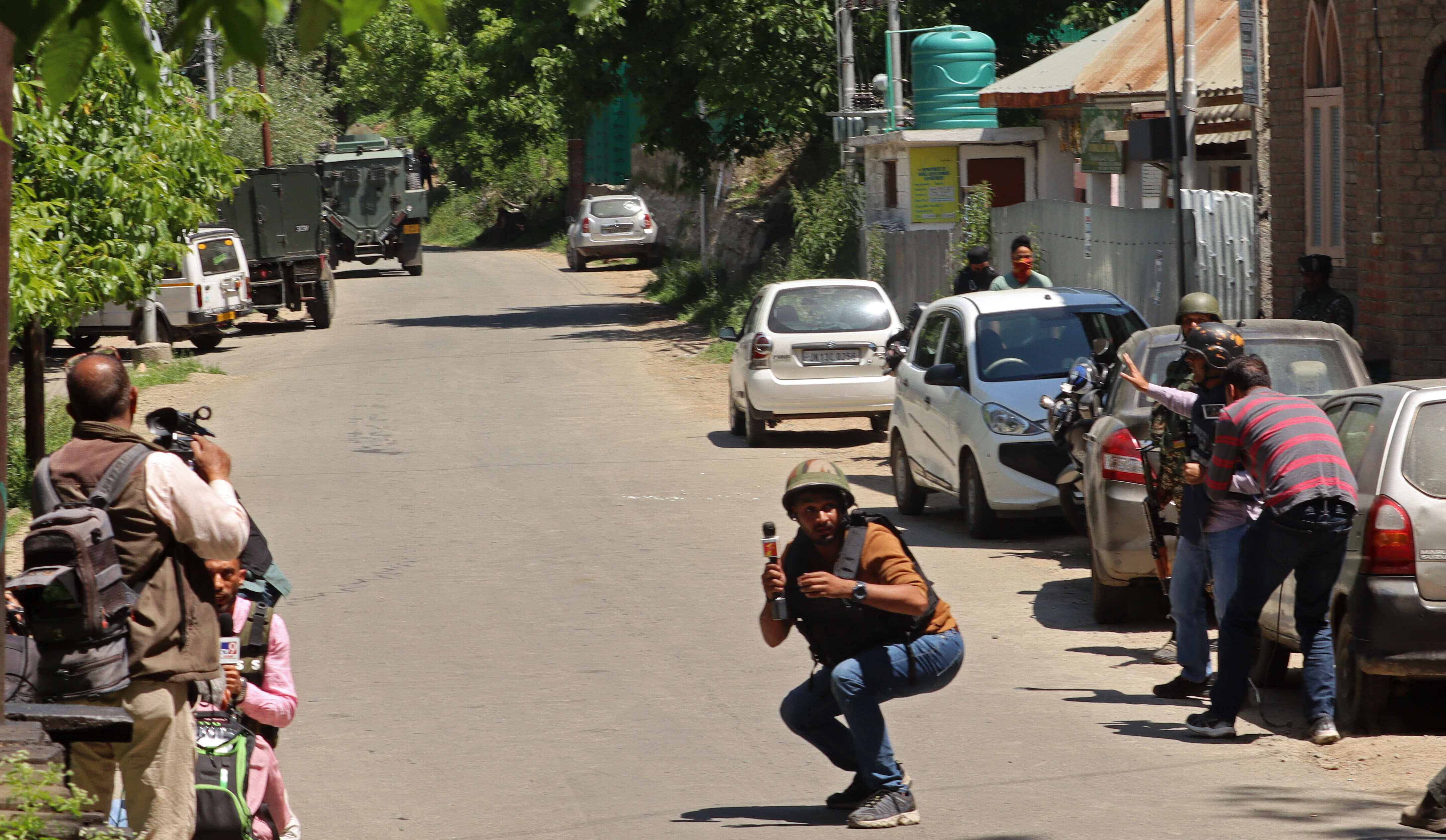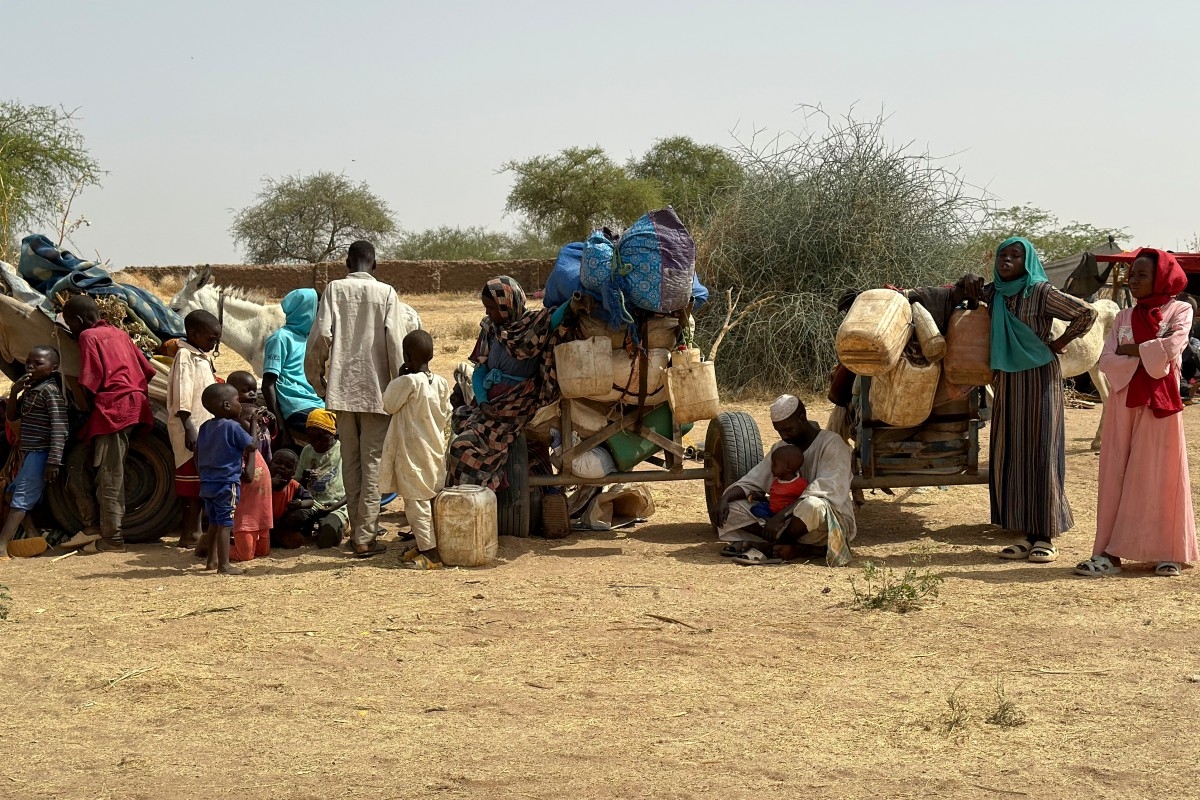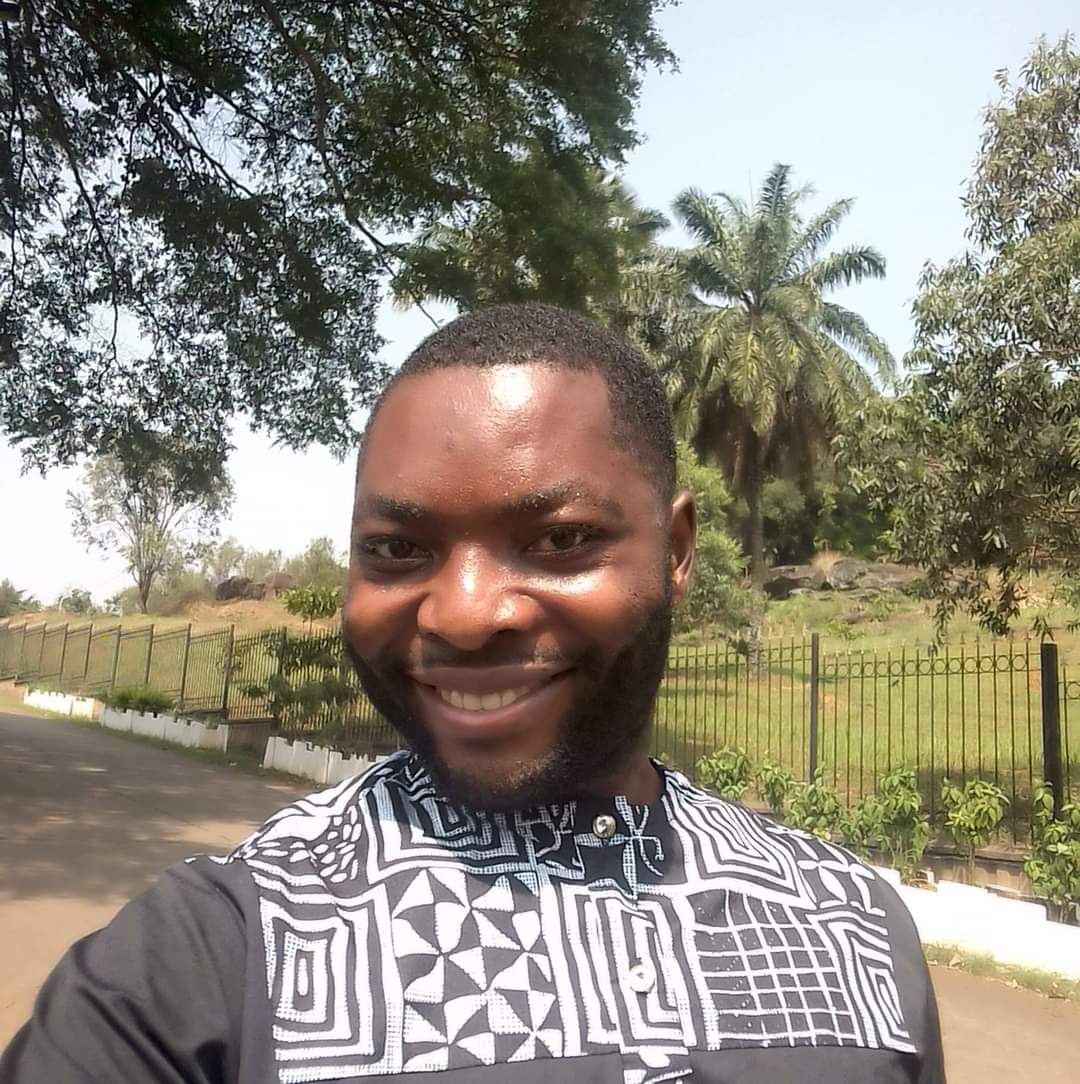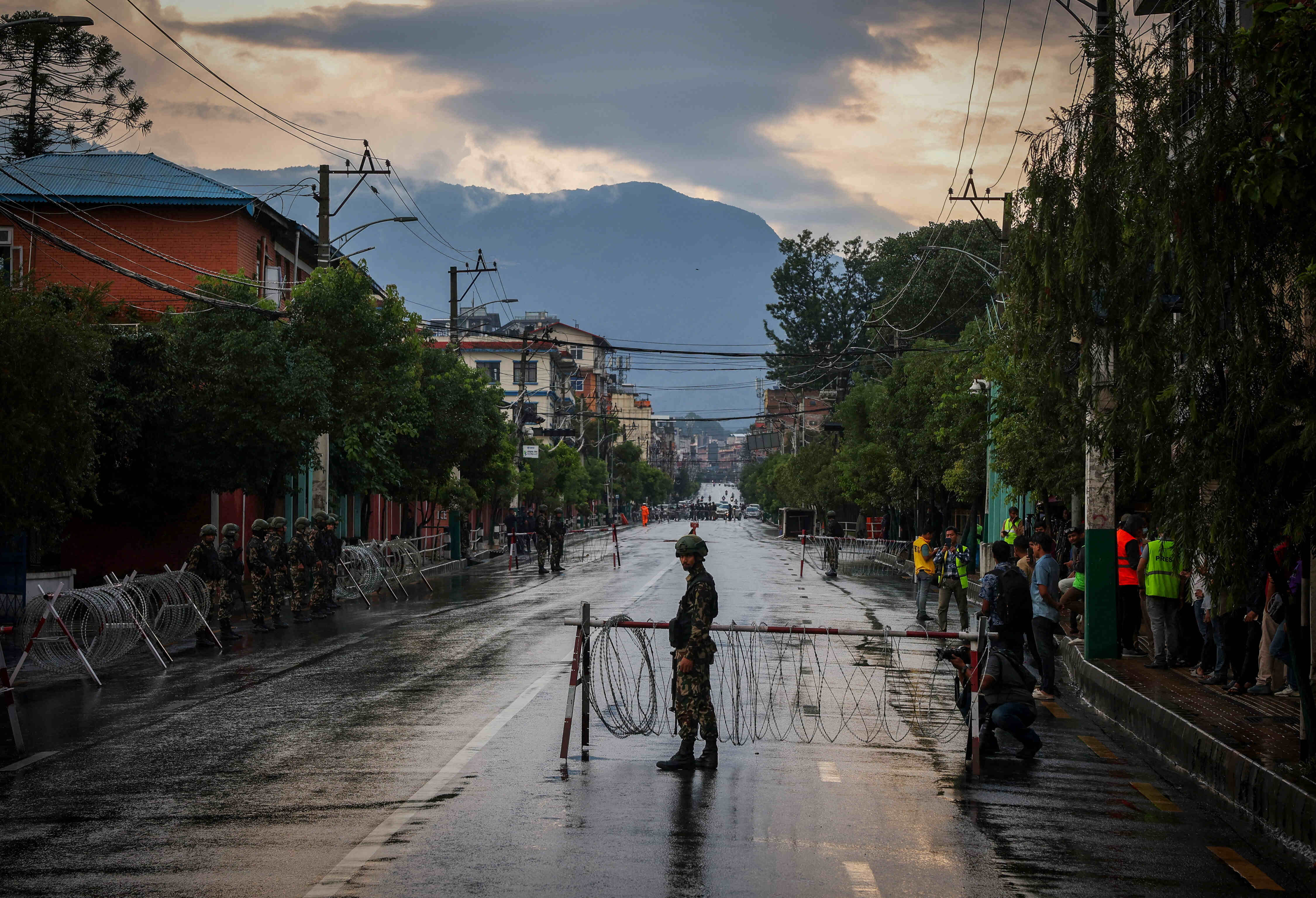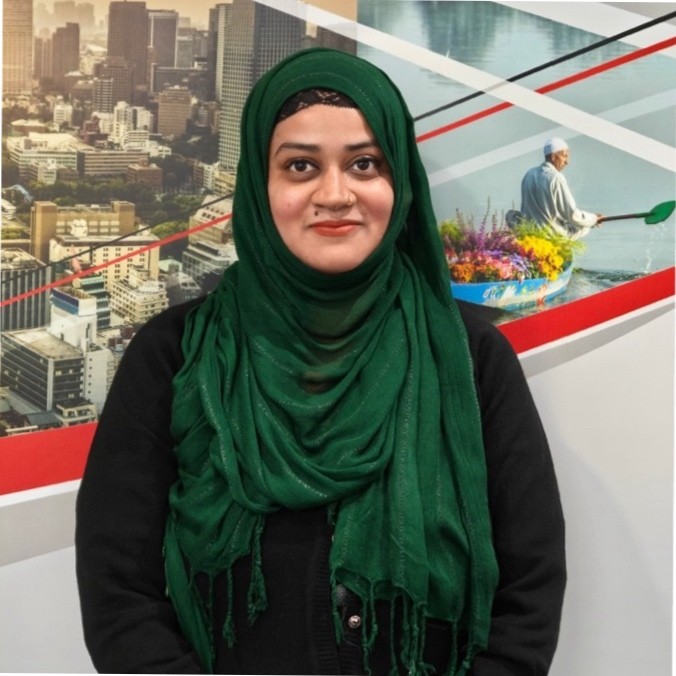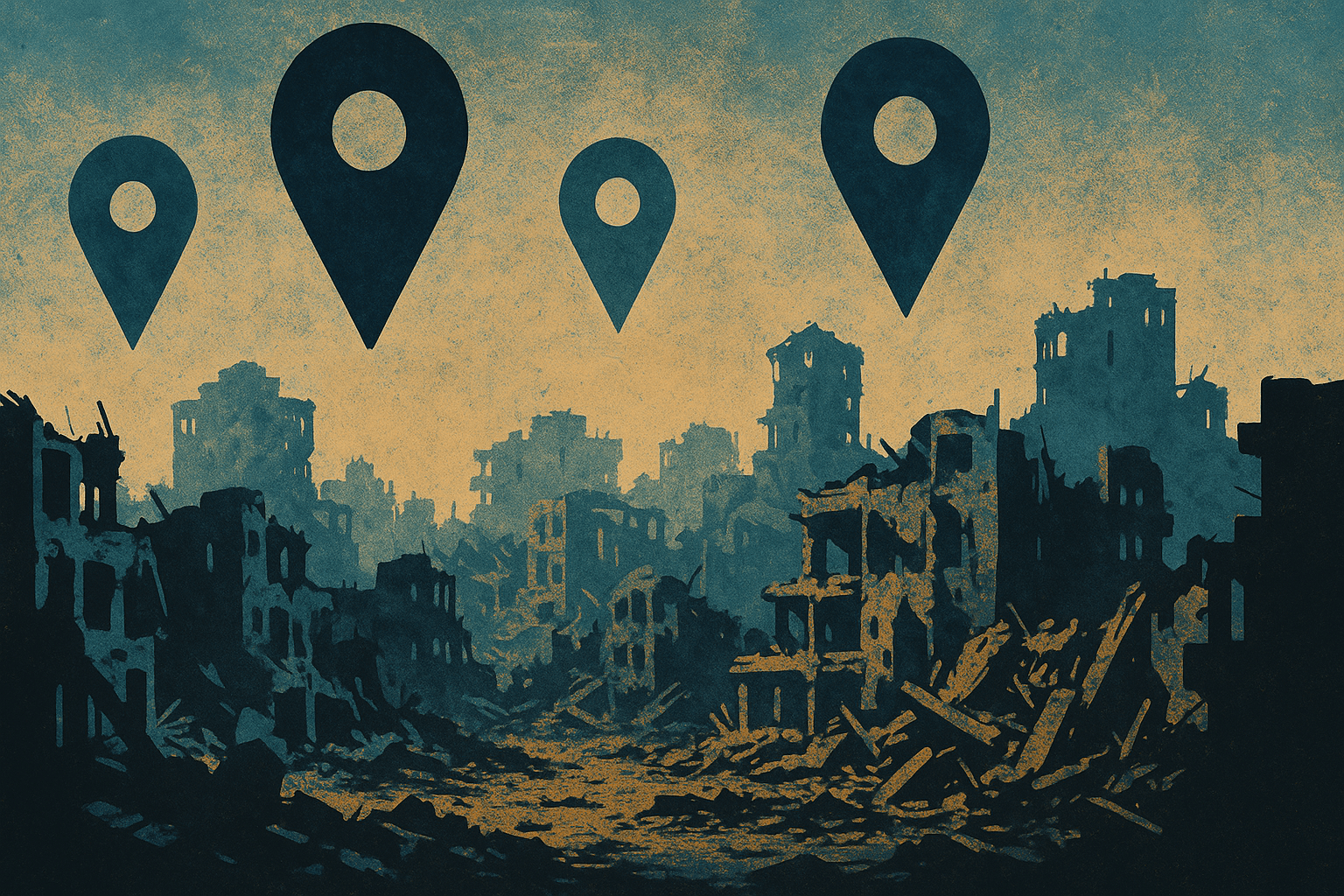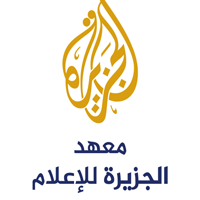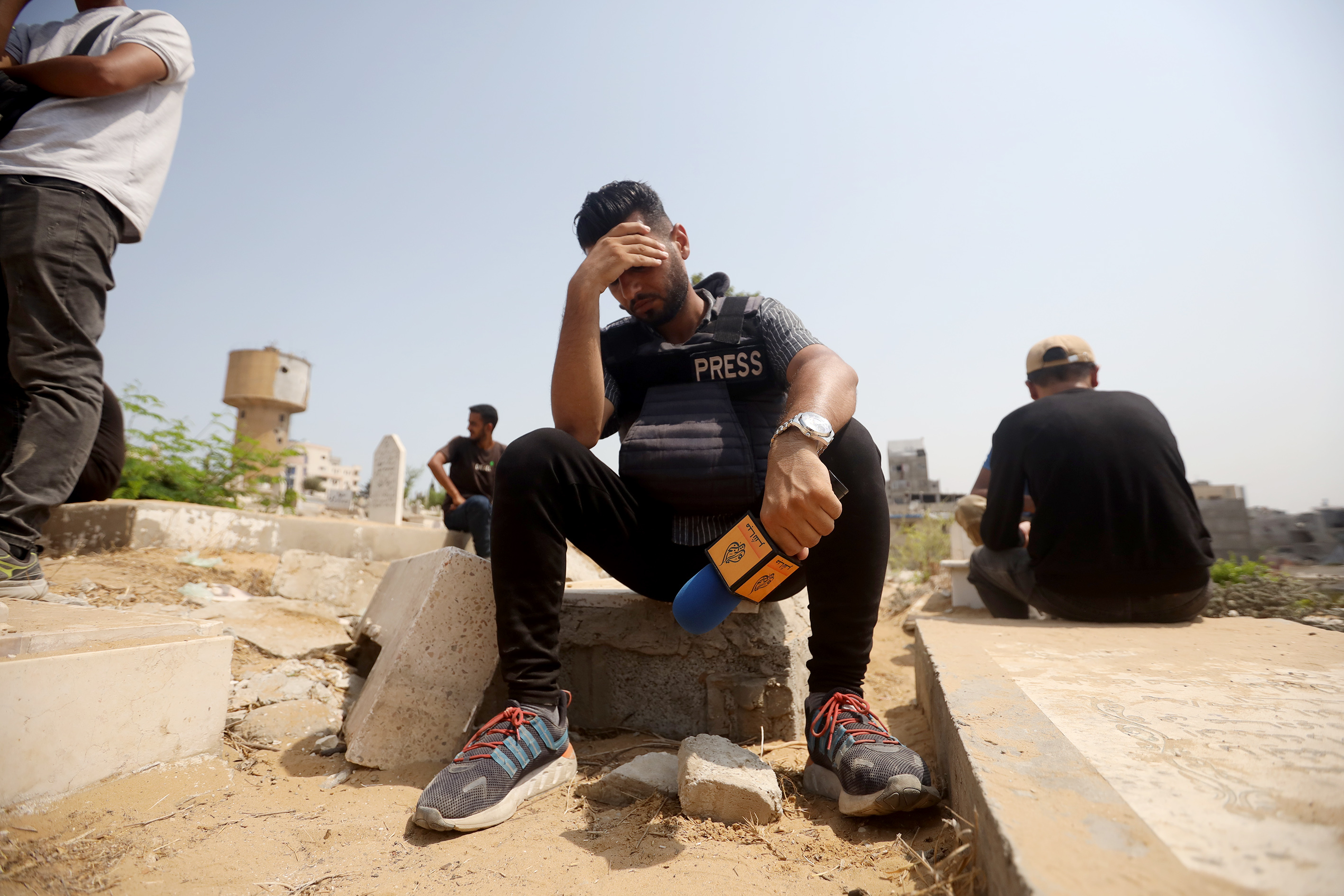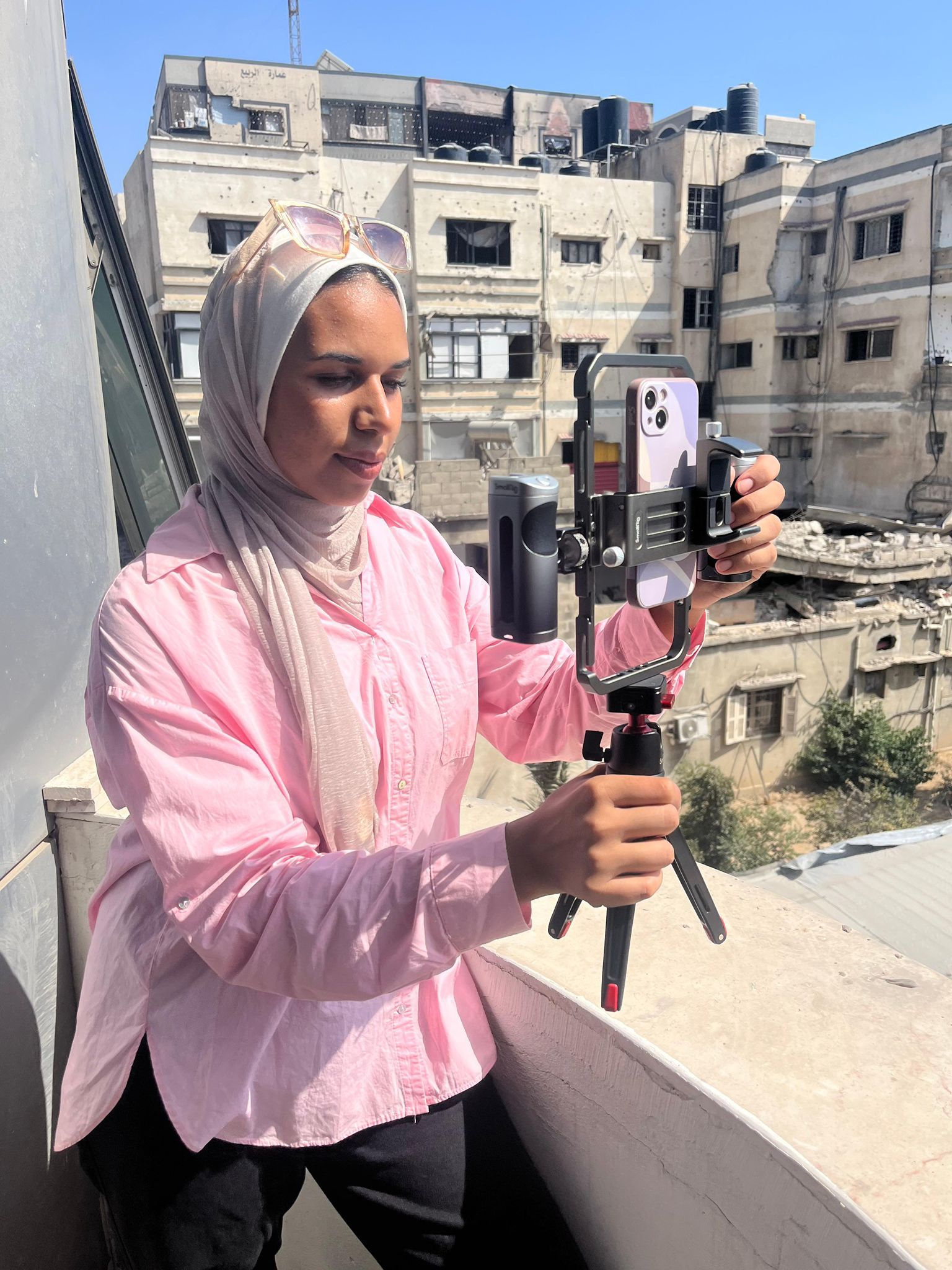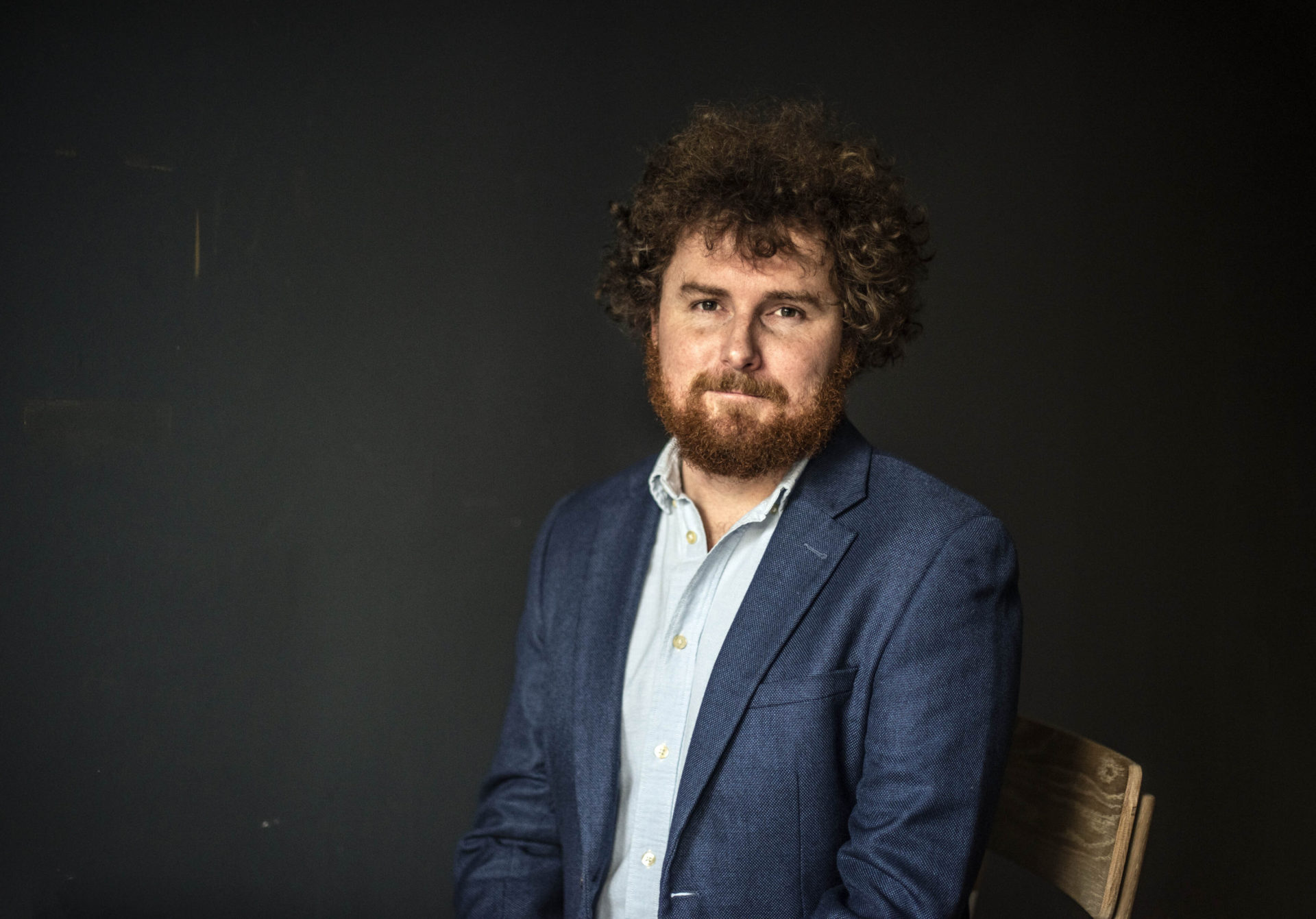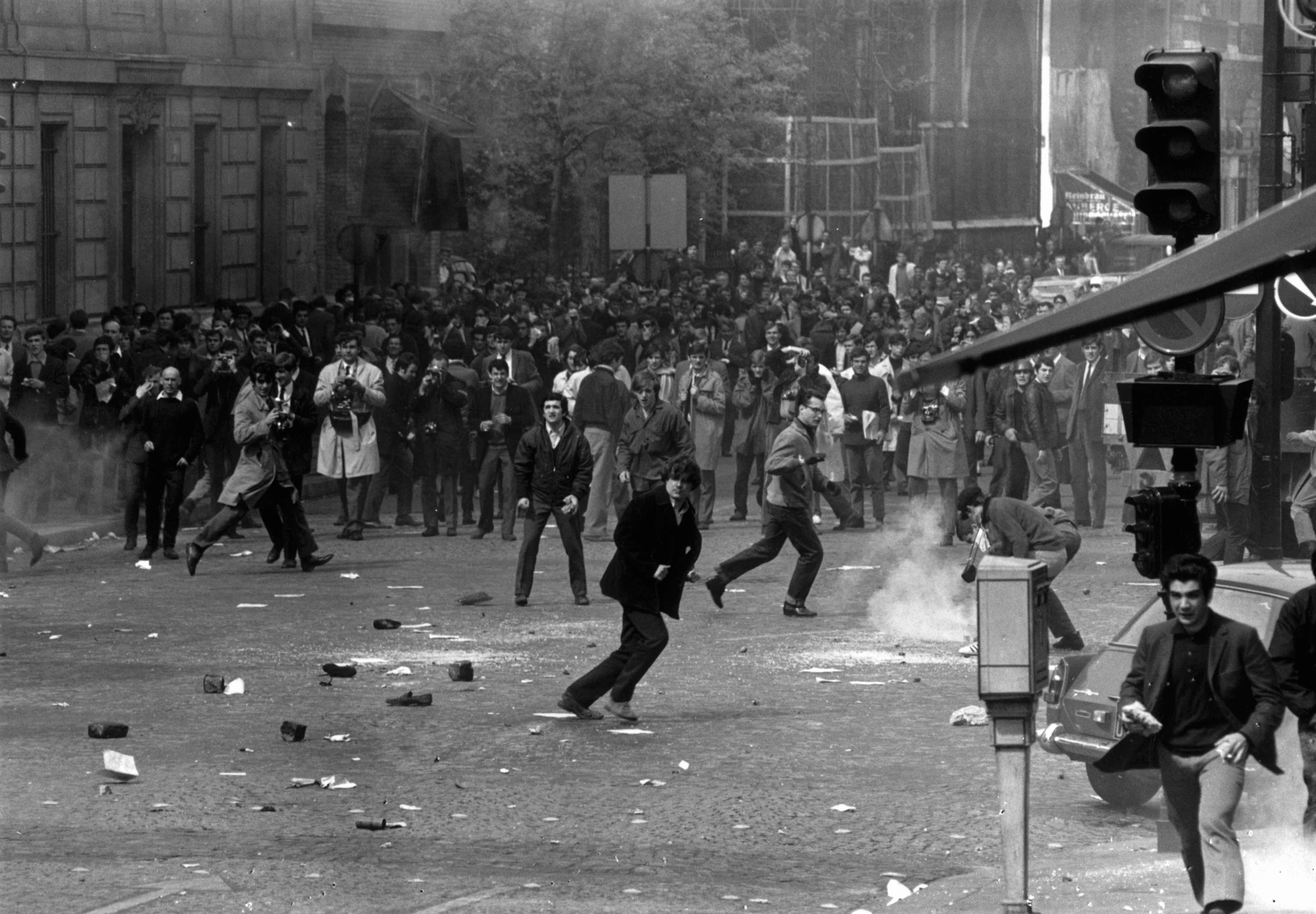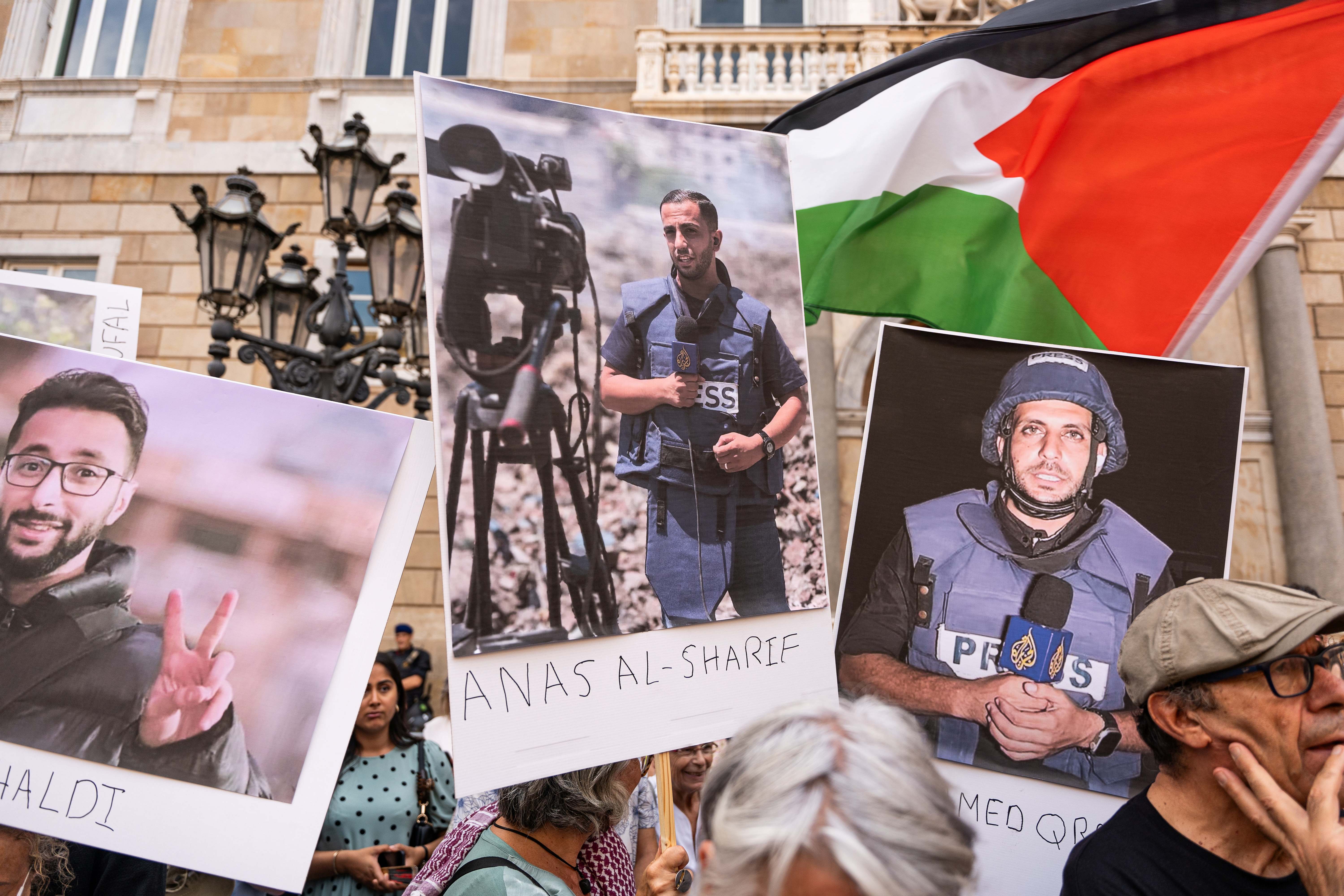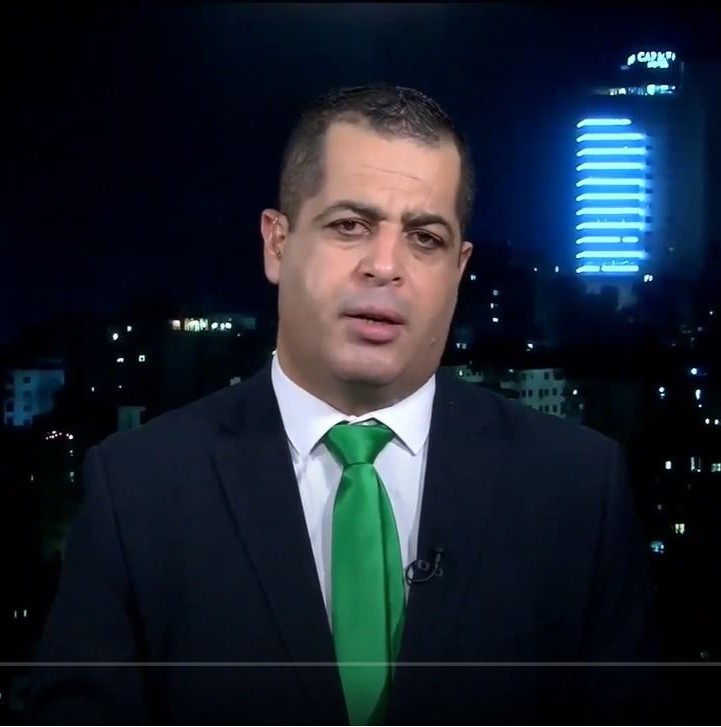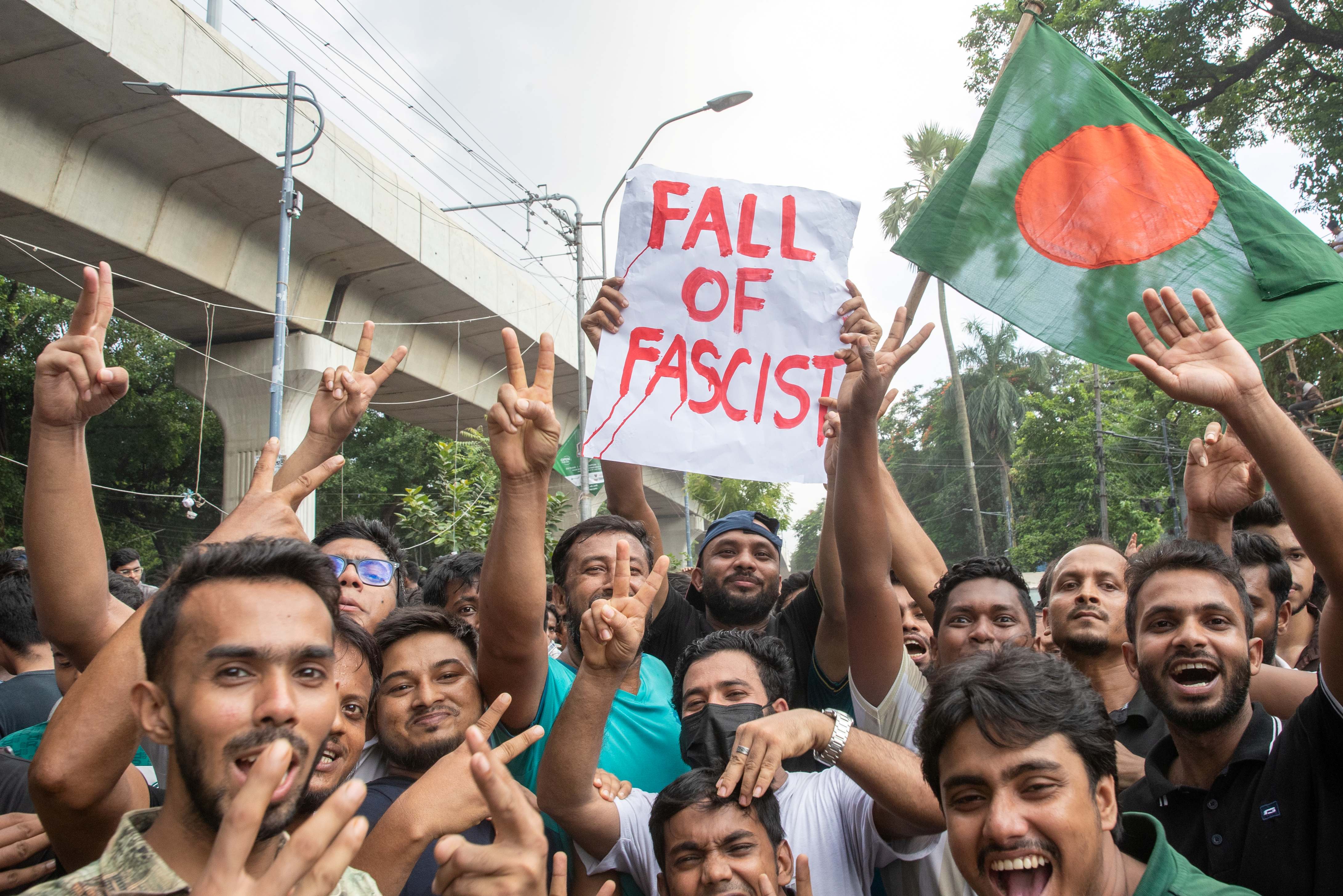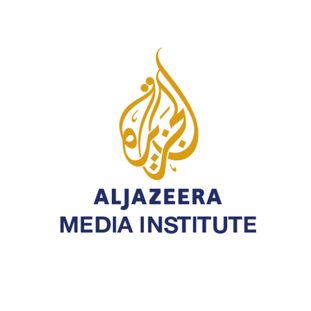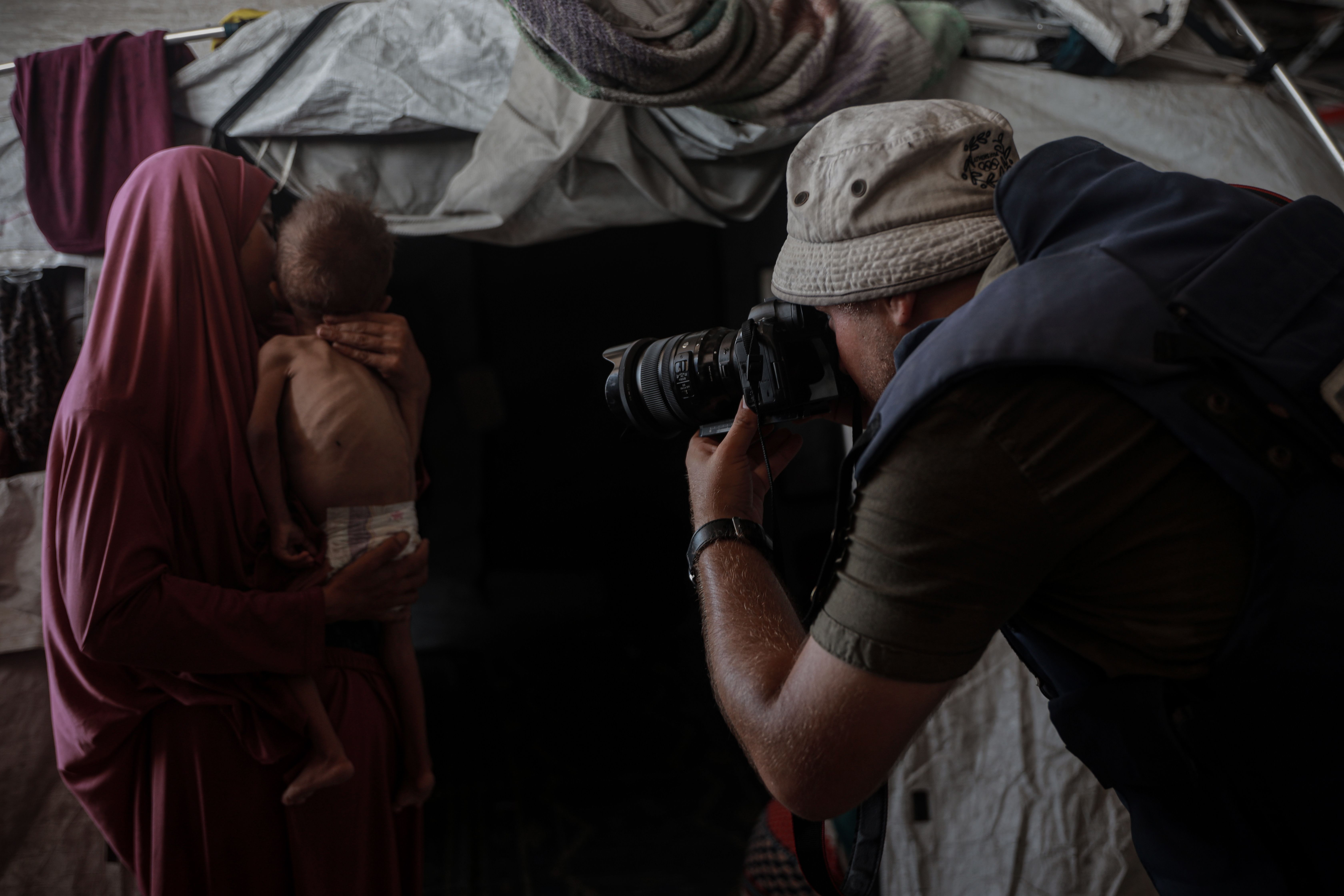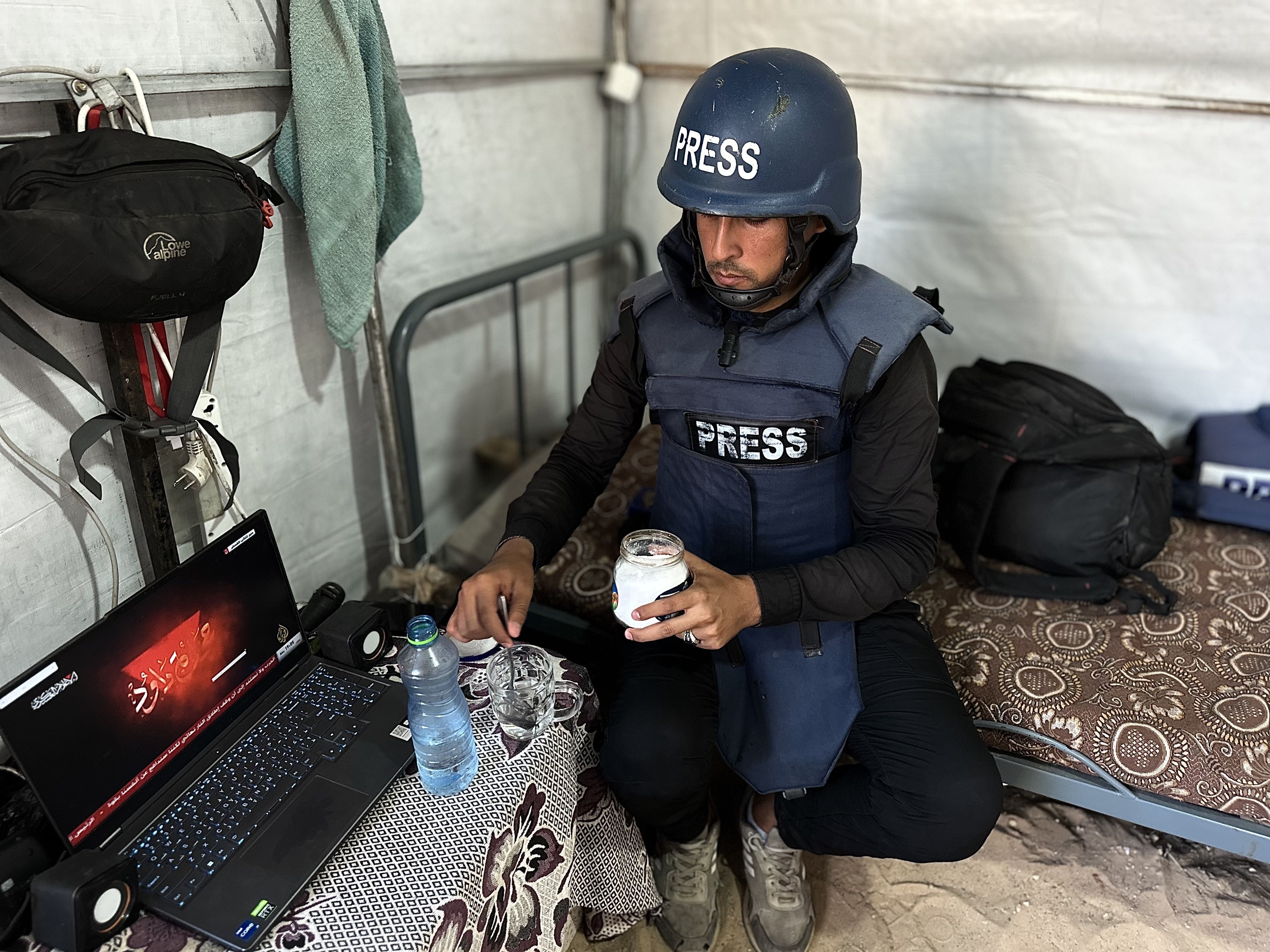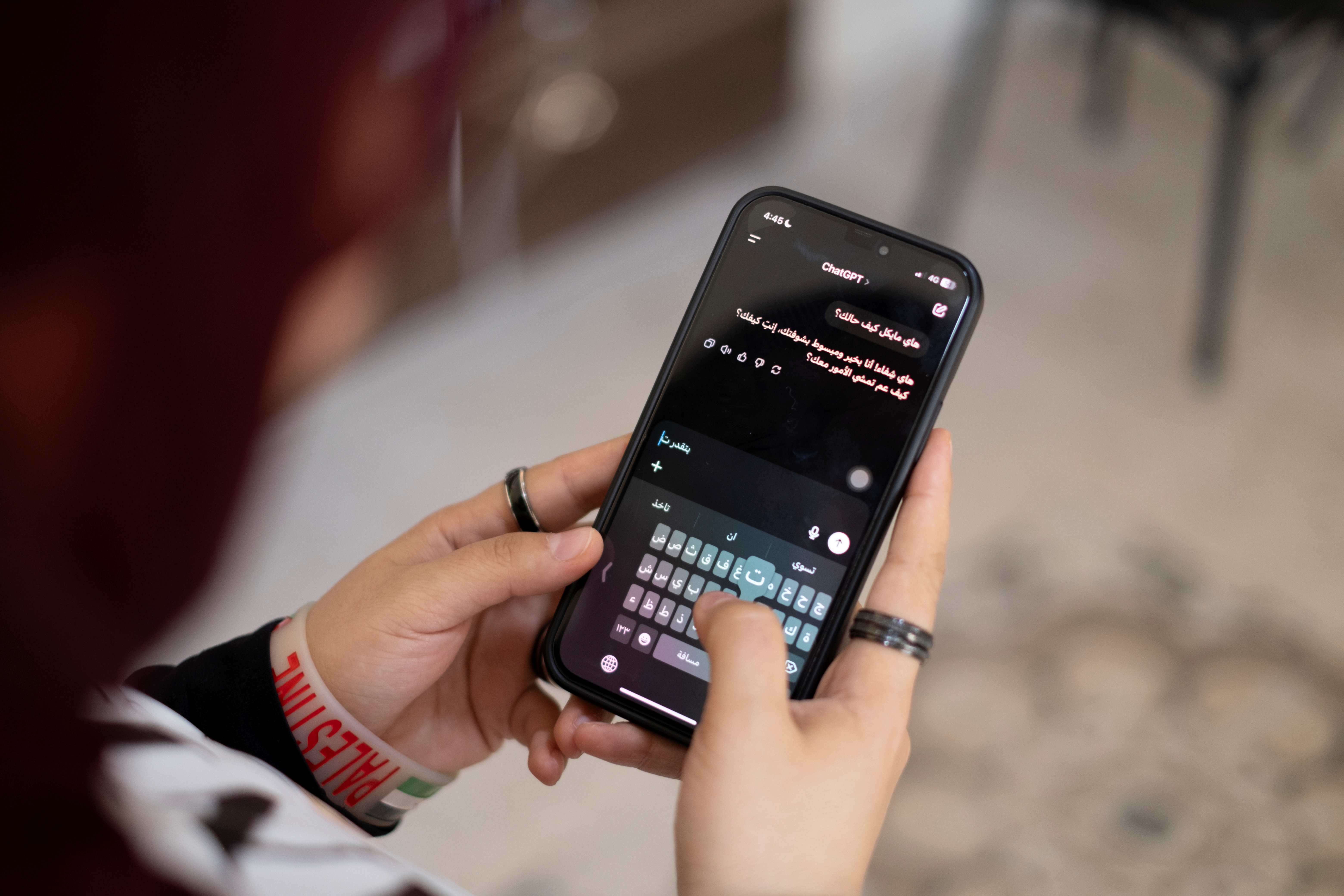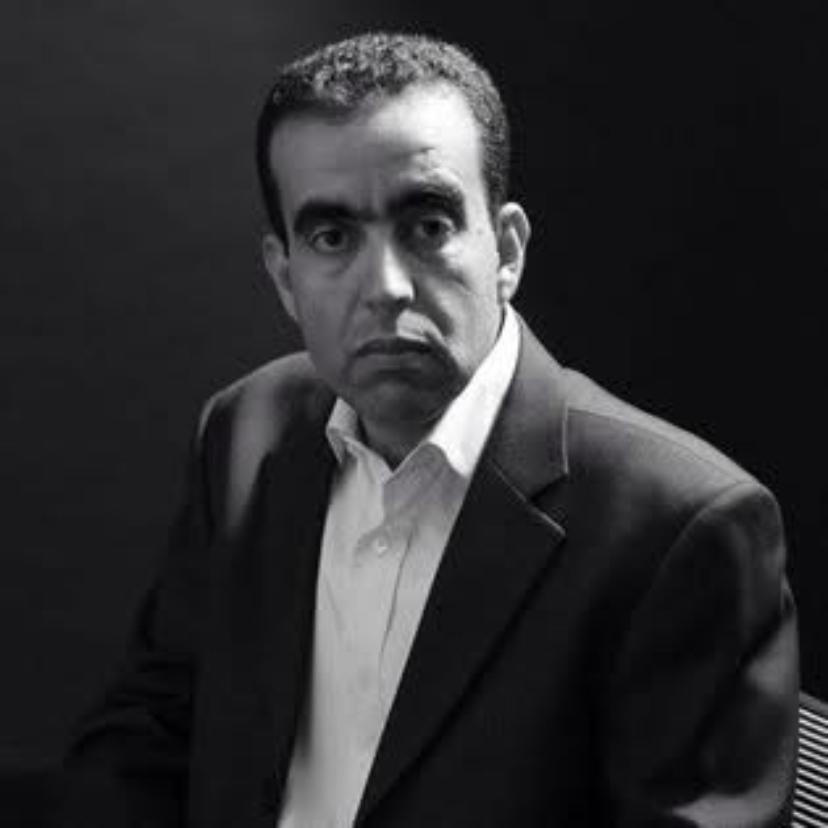ليس من السهل الكتابة عن شيرين أبو عاقلة بعد ثلاث سنوات من اغتيالها في سياق حرب إبادة إسرائيلية على غزة وتهديد وجوديّ يتمدّد بصمت على أراضي الضفة والقدس. وربما قد يتخيل البعض أن اغتيال شيرين بات حدثا ثانويّا أمام حجم القتل والدمار الذي تعيشه فلسطين غير أنه ليس من المبالغة القول إن اسم شيرين أبو عاقلة وقضية اغتيالها لا يمكن فصلها عن ثلاثة مسارات مترابطة ومتزامنة تمثّل القضية الفلسطينية وهي:
أولا: التفاعل الإنساني مع اغتيال شيرين الذي تحوّل إلى قضية عالميّة وضعت وحشية الاحتلال أمام مجهر الرأي العام العالمي وامتدت إلى اليوم مع استمرار حرب الإبادة على غزة؛ ففي 11 مايو/ أيار 2022 تحوّل حدث الاغتيال إلى منفذ لكثيرين حول العالم على القضية الفلسطينية، فشكلت قضية شيرين فرصة أخرى لكشف جرائم الاحتلال أمام الرأي العالمي لاسيما لدى جيل الشباب، بحيث لم تستطع كلّ محاولات التضليل التي مارستها سلطات الاحتلال بتواطؤ أمريكي إخفاء ما كشفته هذه الجريمة عن حقيقة الاحتلال، تماما كما فعلت غزة.
ولم يتوقّف التفاعل الإنساني مع اغتيال شيرين عند لحظة الانفعال الآني الذي رافق المشاهد التي بثّت حول اغتيالها، ولا مشاهد اعتداء قوات الاحتلال على التابوت في جنازتها مباشرة على الهواء أمام الملايين، بل تحوّل زخم هذا التفاعل إلى خليّة ثابتة جمعت عددا ملفتا من المؤسسات الحقوقية والإعلامية العالمية والمبادرات الفردية للضغط والمطالبة بالمحاسبة والعدالة لشيرين.
ثانيا: إعادة إحياء حقّ فلسطين بالعدالة من خلال المطالبة بالعدالة لشيرين والضغط لتحقيق المحاسبة؛ إذ أعادت هذه القضية تصويب وتسليط الضوء على الظلم الذي يعيشه الفلسطينيون بفعل الاحتلال الإسرائيلي لا سيّما بعد قبول قضيتها في المحكمة الجنائية الدولية. في هذا الإطار، لا بدّ من الإشارة إلى الدور الأساسي الذي أدته عائلة الشهيدة الشاهدة، ناهيك عن دعم شبكة الجزيرة الإعلامية الكامل لهذا المسار القضائي لتحقيق العدالة لنجمتها التي لن تغيب.
ثالثا: إعادة تسليط الضوء على حقّ الصحفيين بالحماية، والمطالبة بمحاسبة قتلة شيرين وبالعدالة للصحفيين الذين قتلوا في الحروب خاصة في فلسطين ولبنان؛ فإسرائيل قتلت حتى كتابة هذه السطور 214 صحفيّا في غزة وحدها، وحتى هذه اللحظة يحضر اسم شيرين عند كلّ اغتيال لصحفيّ، وفي جلسات ومؤتمرات ومطالبات المؤسسات الدولية الحقوقية بصفته نموذجا للضغط من أجل حماية الصحفيين ومحاسبة القتلة.
لم يتوقّف التفاعل الإنساني مع اغتيال شيرين عند لحظة الانفعال الآني الذي رافق المشاهد التي بثّت حول اغتيالها، ولا مشاهد اعتداء قوات الاحتلال على التابوت في جنازتها مباشرة على الهواء أمام الملايين، بل تحوّل زخم هذا التفاعل إلى خليّة ثابتة جمعت عددا ملفتا من المؤسسات الحقوقية والإعلامية العالمية والمبادرات الفردية للضغط والمطالبة بالمحاسبة والعدالة لشيرين.
ويتكرّس حضور شيرين المستمرّ في هذه المسارات الثلاثة من خلال الزخم الإعلامي عبر وسائل الإعلام التقليدية العربية والأجنبية ووسائل التواصل الاجتماعي الذي رافق الإعلان الترويجي للوثائقيّ "من قتل شيرين؟ " الذي كشف عن قاتلها. ويدلّ ذلك على أن قضية شيرين لم ولن تكون عابرة، بل ترتبط بشكل وثيق بقضية تحقيق العدالة لفلسطين إذا لم تكن صدى لها، وهي حقيقة لم تكتبها شيرين بدمائها فقط، بل بما راكمته طيلة 25 عاما من التزام مهنيّ وأخلاقيّ في مهنة الصحافة حدّ الدهشة.
وفي الذكرى الثالثة لاغتيالها، ما يزال الاحتلال يشعر بالغضب من الأثر المستمر في الزمن إلى درجة أنه في فيلم "من قتل شيرين؟" يظهر كيف وضع الاحتلال صورتها هدفا للتصويب خلال تدريباته العسكرية. هذه الجزئية لا يمكن إغفالها؛ إذ تؤكّد ليس فقط حقيقة وحشية وإجرام الاحتلال الإسرائيلي وكراهيته للفلسطيني وللكلمة والحقيقة بل قوّة أثر شيرين أيضا وما تمثّله حتى بعد قتلها، وحضورها الطاغي الذي "يزعج" الاحتلال لأنه أعجزُ من طمسه أو إخفاء صداه.
شكّل اغتيال شيرين المتعمّد خسارة فادحة وقاسية وموجعة، ليس فقط لما تركته من فراغ لم يستطع أحد تعويضه في الصحافة العربية بشكل خاص، إنما أيضا في الذاكرة الجمعية التي أثقلتها شيرين بوجودها من حيث لا تدري طيلة تاريخها. رغم ذلك، ما تزال شيرين حية بيننا؛ فمنذ السابع من أكتوبر واستمرار حرب الإبادة على غزة، تحوّلت صفحات التواصل الاجتماعي إلى ما يشبه الاستفتاء على حضور شيرين الطاغي حيث يعود إليها المغرّدون المناصرون لفلسطين أو المتعاطفون معها بأشكال مختلفة عند كلّ استحقاق أو حدث حول فلسطين.
بعد استشهادها، ظهرت شهادات كثيرة تؤرخ لمسارها المهني باعتبارها نموذجا وقدوة للصحفيين وطلبة الصحافة الذين شاركت معهم أقسام الدرس كما كشفت عن جانب إنساني عميق من شخصيتها، وكيف أنها نذرت حياتها لفعل الخير وتقفي القصص الإنسانية.
هكذا تشكل شيرين النموذج الذي تحتاج إليه للأجيال الجديدة من الصحفيين الذين يجدون أنفسهم في فضاء يسحبهم كتيّار جارف إلى عالم من الاستعراض والاستغلال؛ حيث تصبح فيه القصة وسيلة للعبور الشخصي. يحتاج الكثير من هؤلاء إلى نموذج شيرين، إلى المعادلة التي أرستها في عالم الصحافة بكلّ ما فيه من محاولات للتشويه وللإسكات. تحتاج الصحافة العربية إلى تكريس نموذج شيرين في الممارسة المهنية والأخلاقية الملتزمة، وتوعية الصحفيين الشباب الذين لم يتسنّ لهم معايشة مسيرة شيرين بأن ثمّة خيطا رفيعا بين رواية القصة بعناصرها المتكاملة من تقصّي الأسباب وفهم السياق وإبرازه، وبين التعليق والاستعراض. تحتاج الصحافة العربية إلى نموذج شيرين الملتزم بشكل فريد وبديع طيلة ربع قرن في أن يترجم مبادئ وأصول الصحافة التي لطالما اعتُبرت نظريّات غير قابلة للتطبيق، ويحتاج الجيل الجديد أيضا إلى هذا الدرس الواقعي الذي رسمته شيرين بحرفيّة مذهلة في كيفية أن يكون الصحافي همزة الوصل بين المشاهد والحدث أو الخبر دون ادعاء أي بطولة شخصية.
تشكل شيرين النموذج الذي تحتاج إليه للأجيال الجديدة من الصحفيين الذين يجدون أنفسهم في فضاء يسحبهم كتيّار جارف إلى عالم من الاستعراض والاستغلال؛ حيث تصبح فيه القصة وسيلة للعبور الشخصي. يحتاج الكثير من هؤلاء إلى نموذج شيرين، إلى المعادلة التي أرستها في عالم الصحافة بكلّ ما فيه من محاولات للتشويه وللإسكات.
كانت شيرين أبو عاقلة أمينة على الناس الذين عايشت قصصهم ونقلت معاناتهم وأثبتت حسب دراسة موثقة أجراها معهد الجزيرة الإعلام في كتاب "شيرين أبو عاقلة.. سيرة صحفية"، بأن الصحافة الملتزمة بكل عناصرها ممكنة لا بل ضرورية، وبأن الأثر الذي تتركه أقوى من عالم التضليل بكل أشكاله، الذي وإن بدا مهيمنا فهو هشّ ولا بدّ أن يسقط في محكمة المهنية.
نستحضر في الذكرى الثالثة كلمات مدير مكتب الجزيرة في فلسطين وليد العمري في الكتاب الذي أصدره معهد الجزيرة للإعلام عن شيرين الذي كان لي شرف المساهمة في إعداده: "كانت شيرين المسطرة التي أقيس بها نفسي وباقي الزميلات والزملاء مهنيّا وأخلاقيّا وإنسانيّا".









